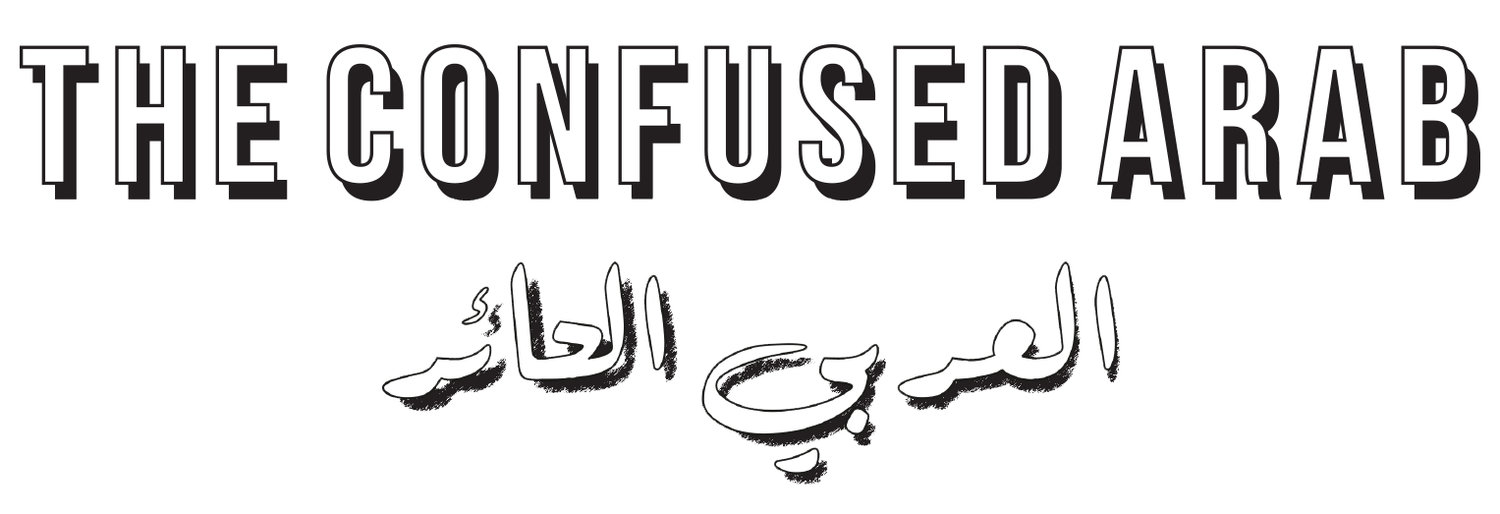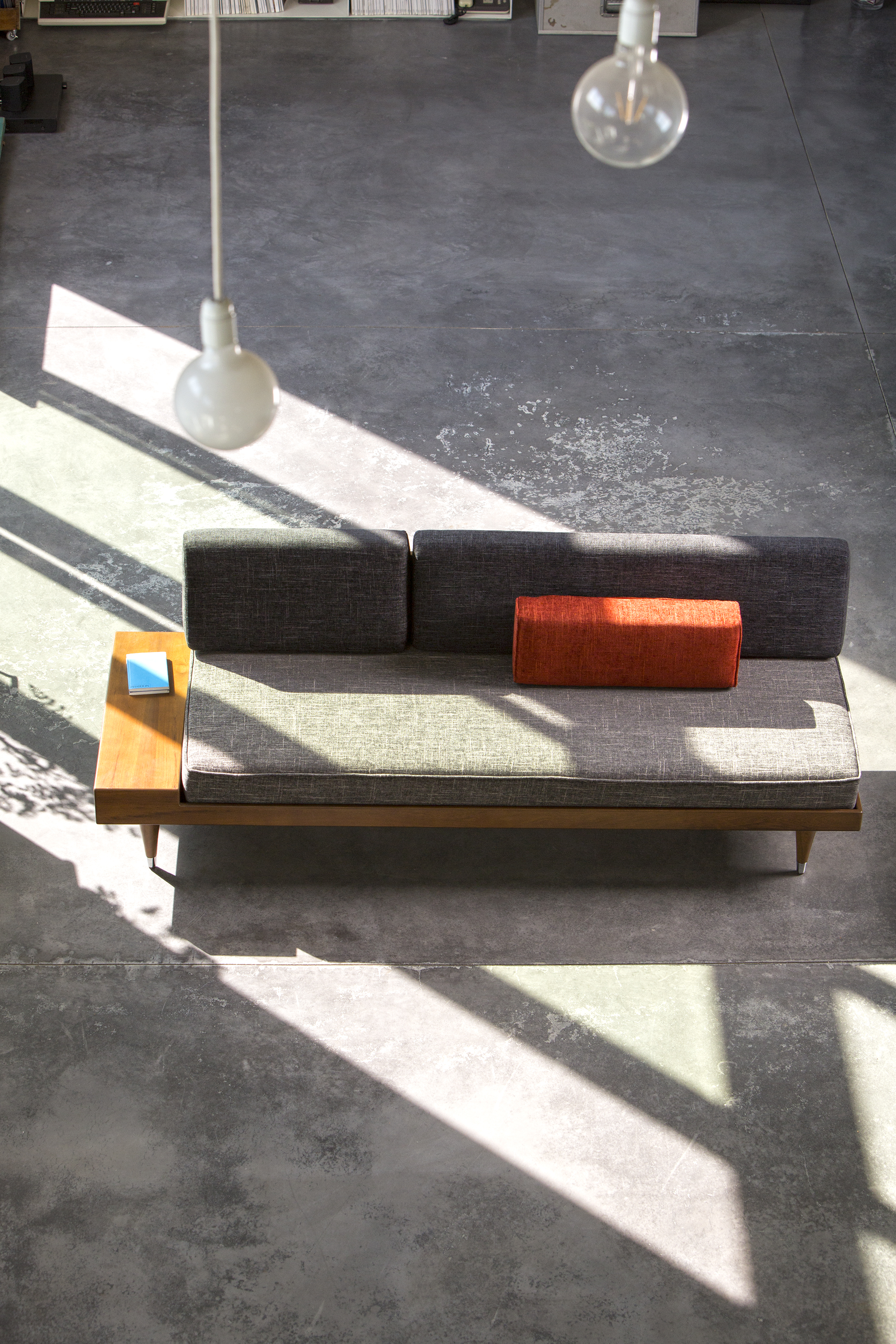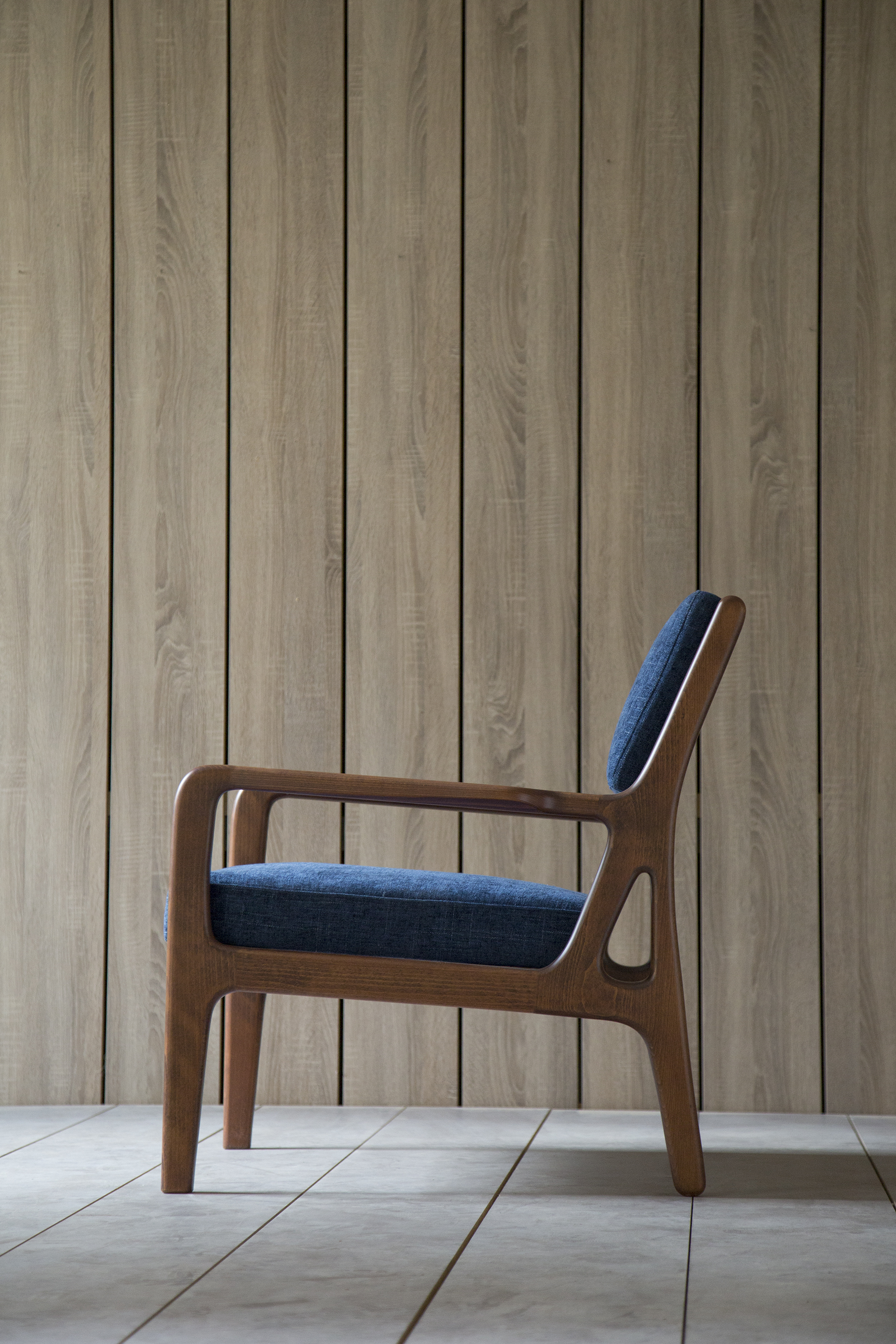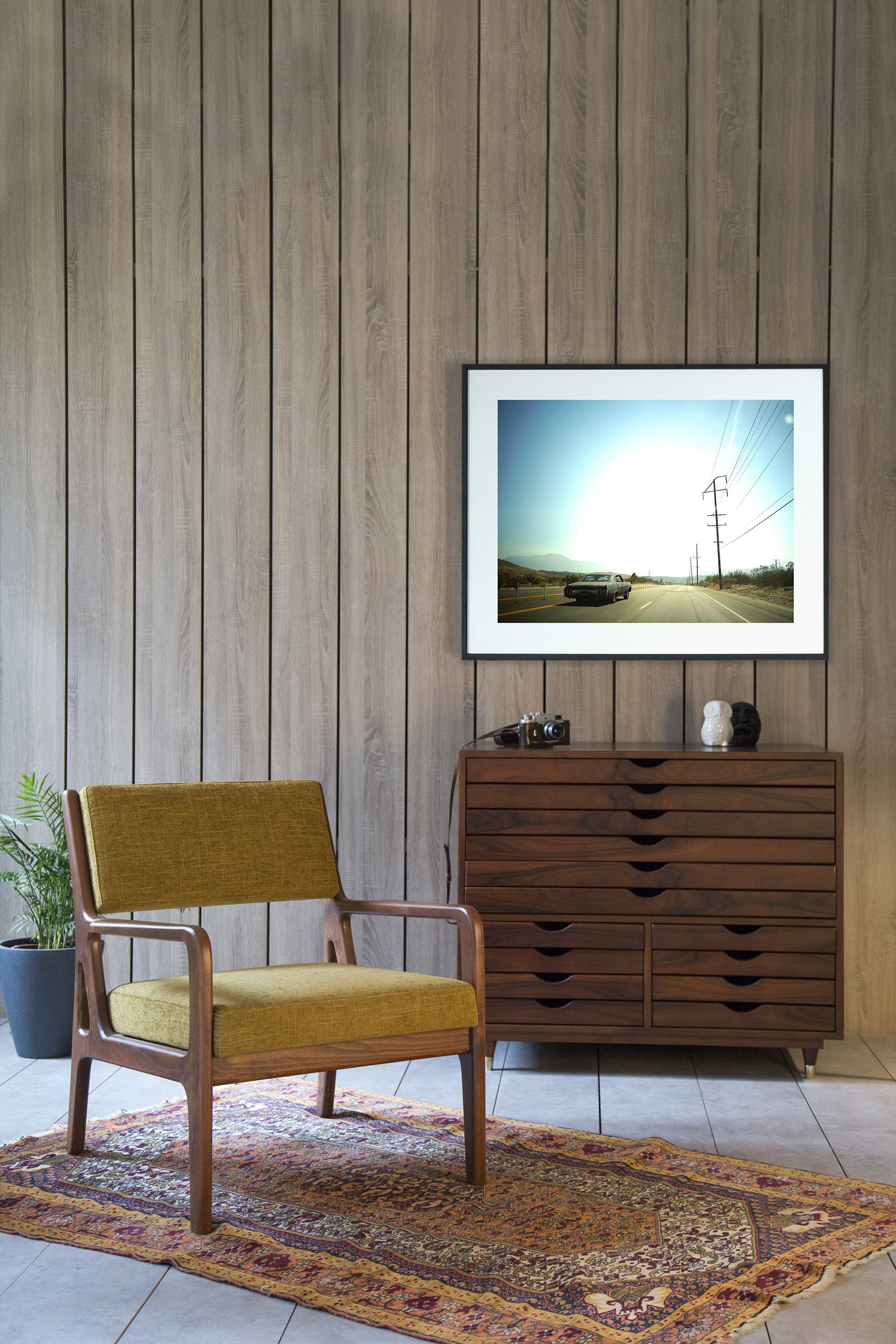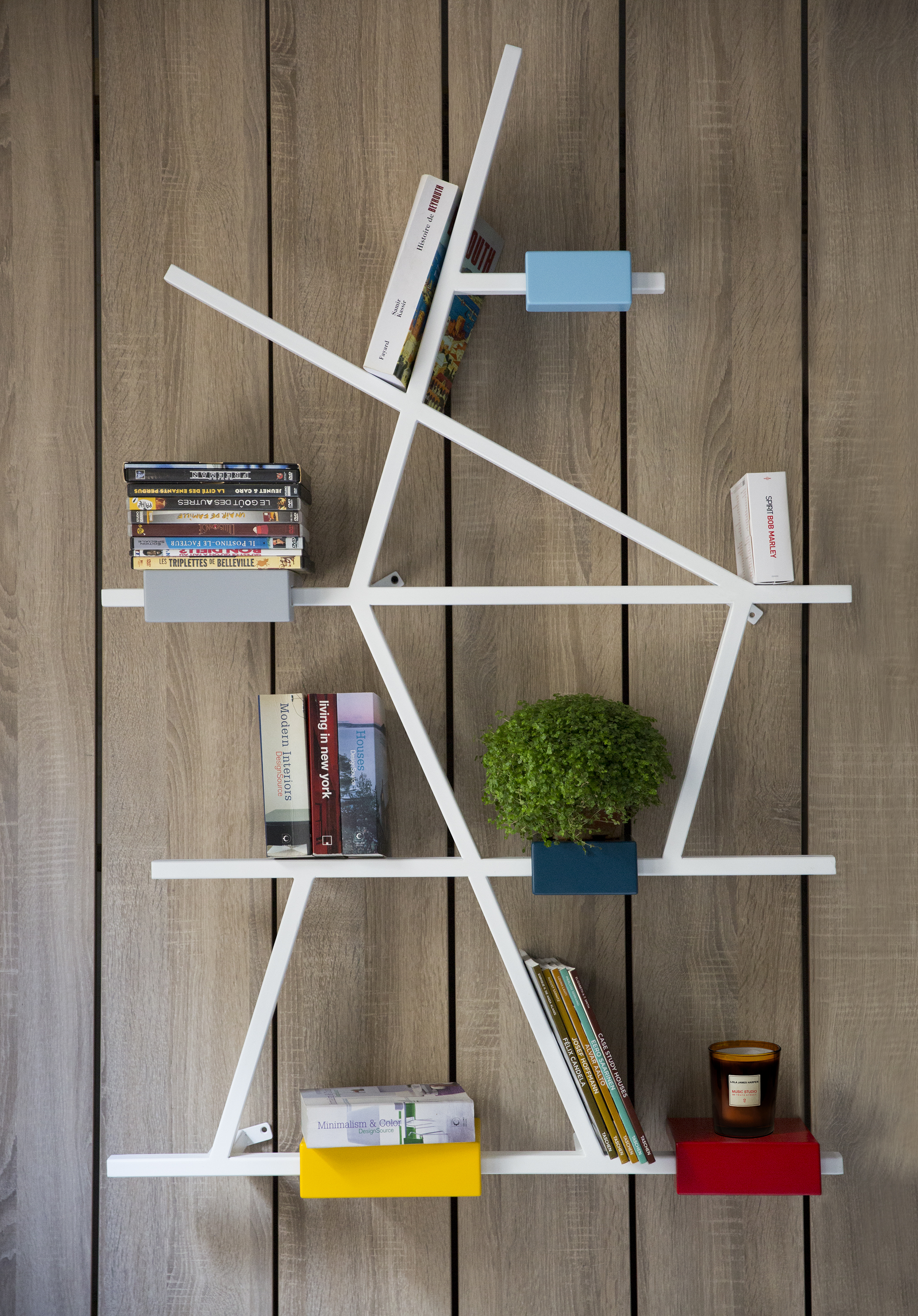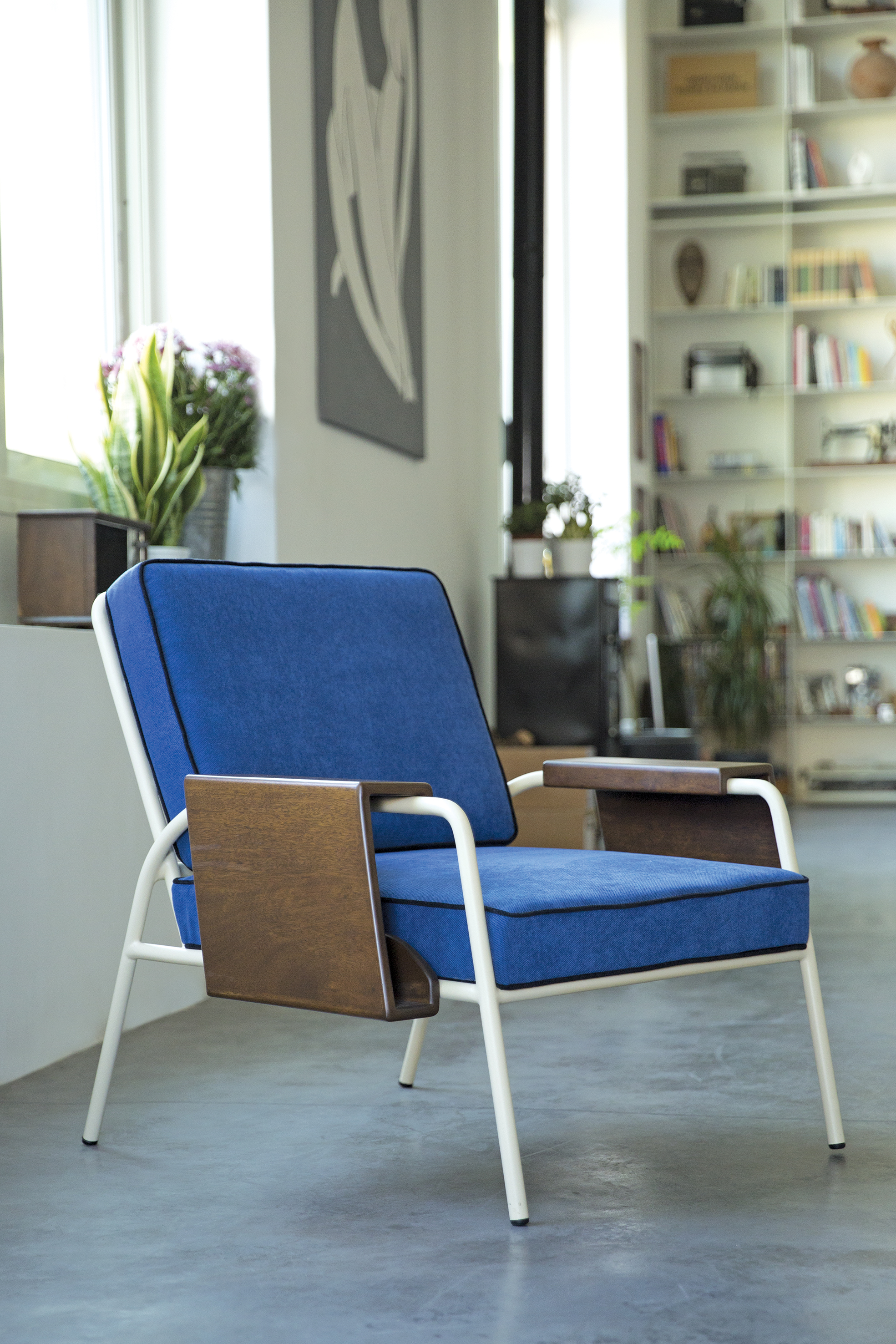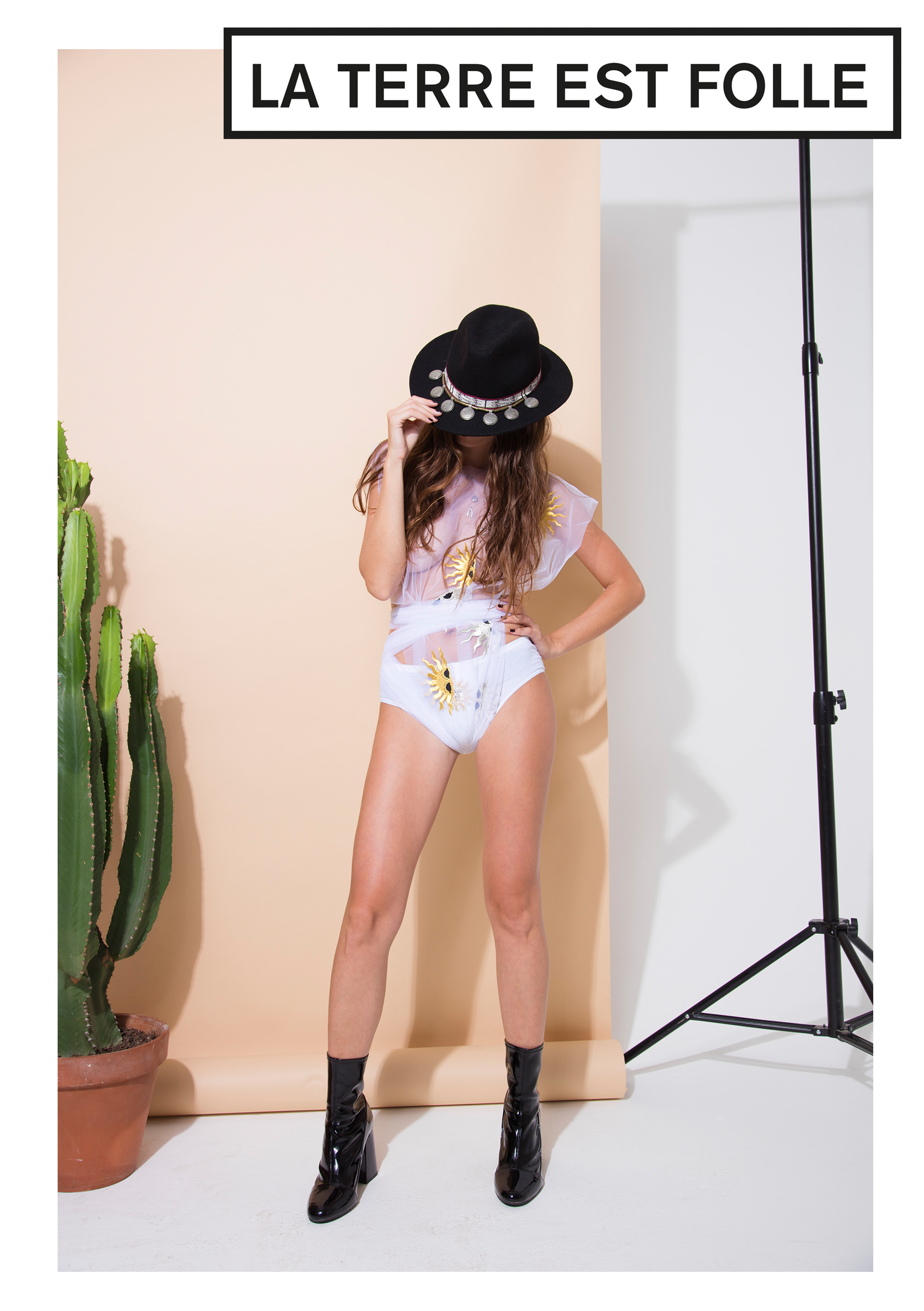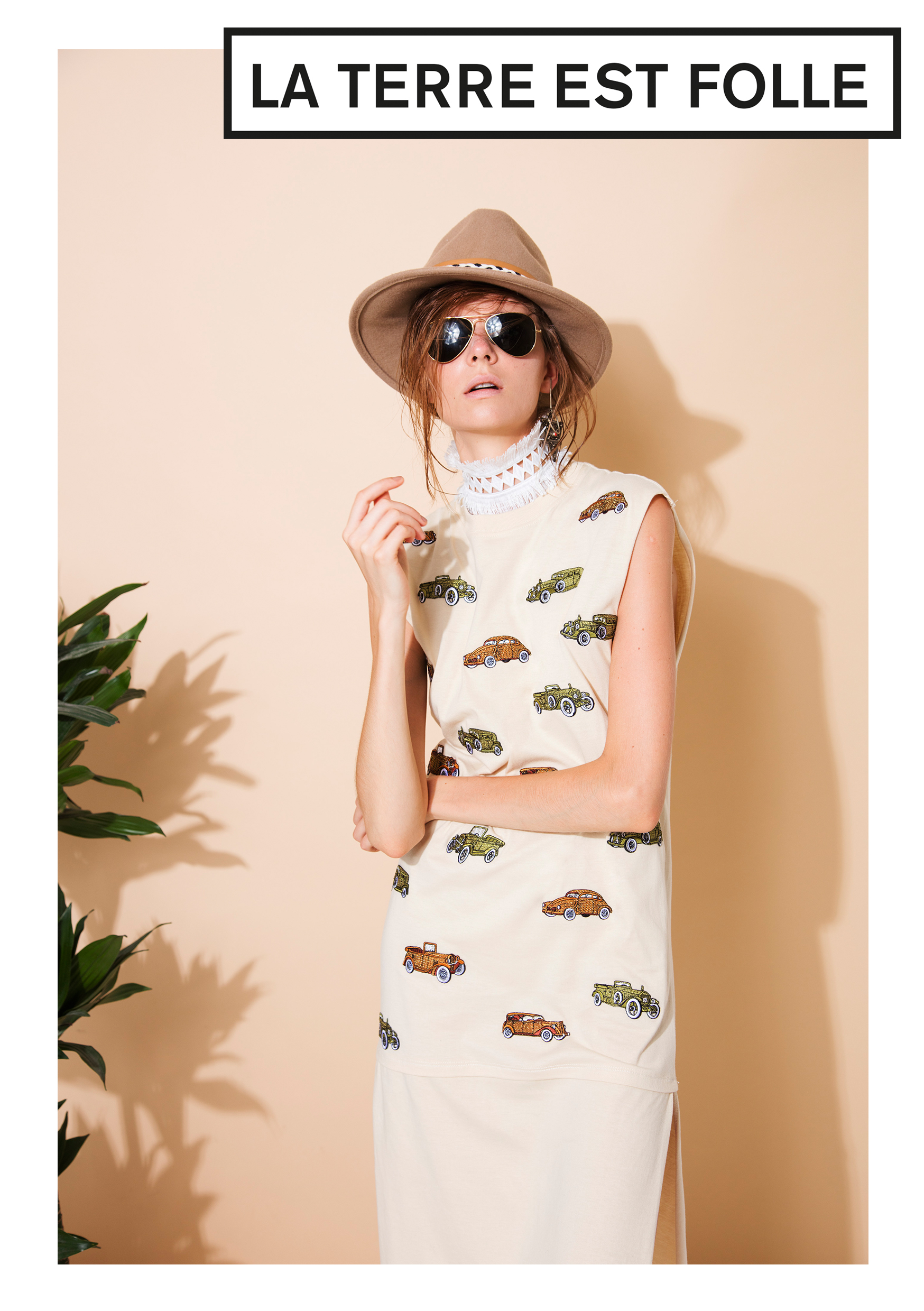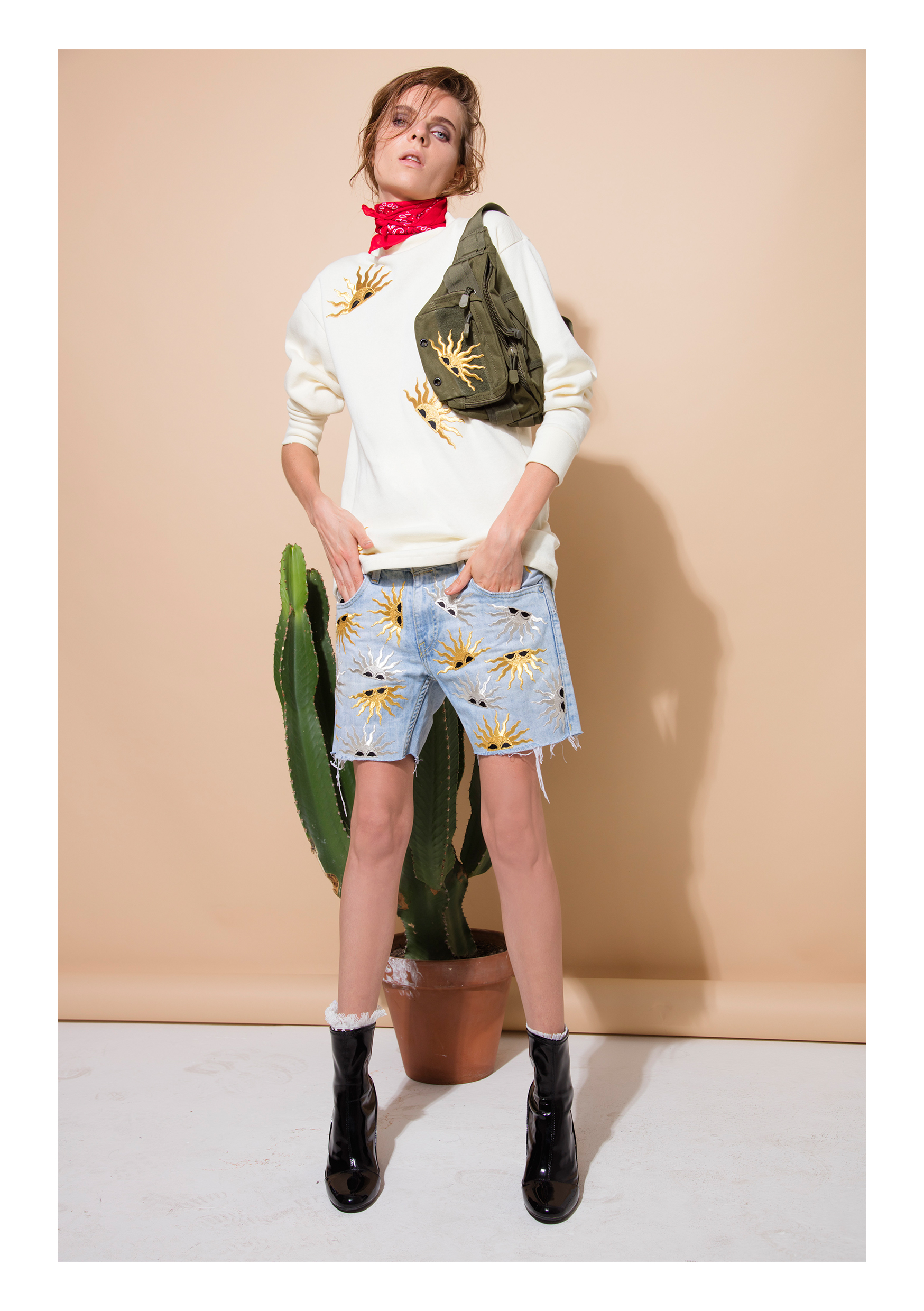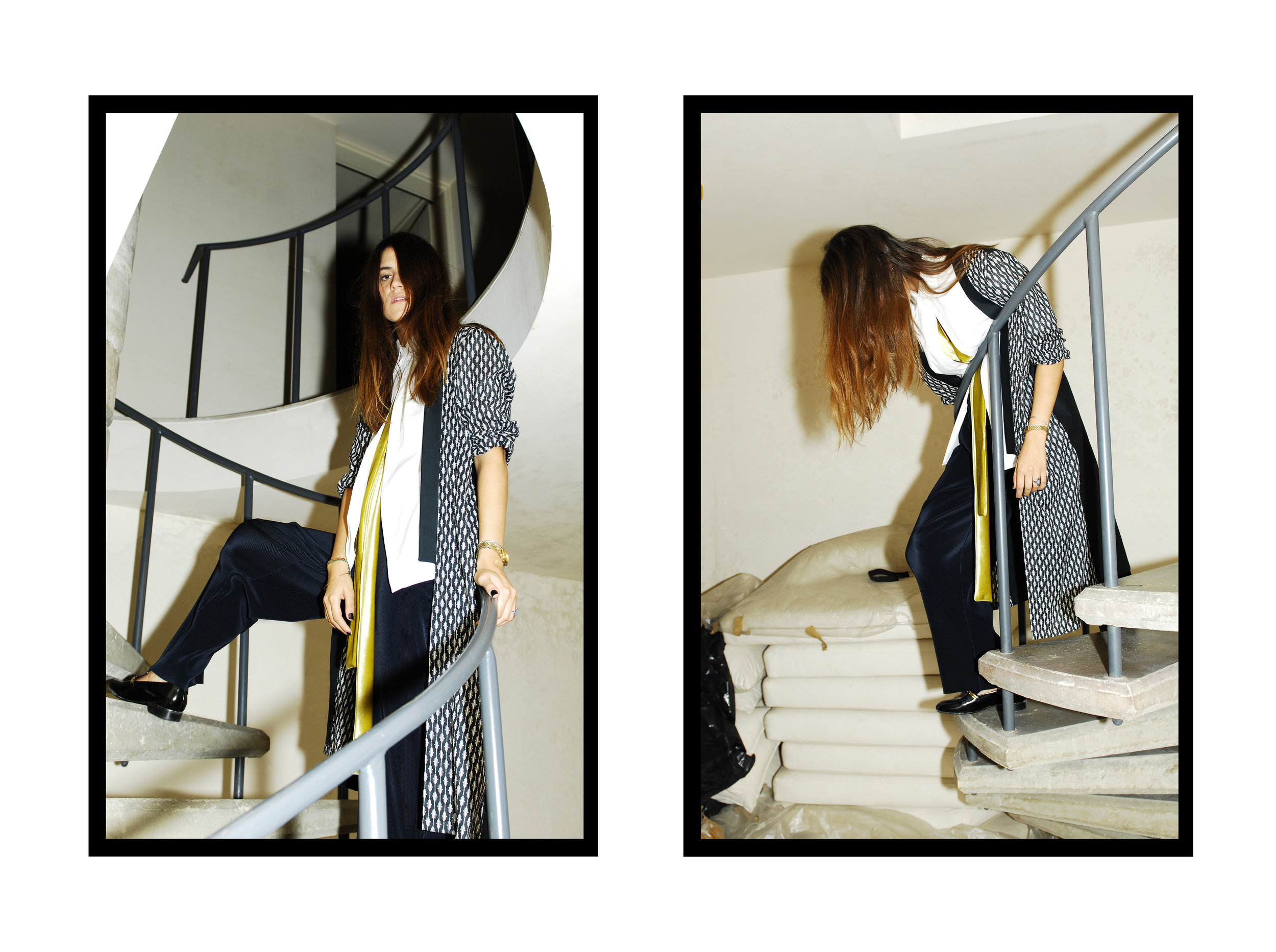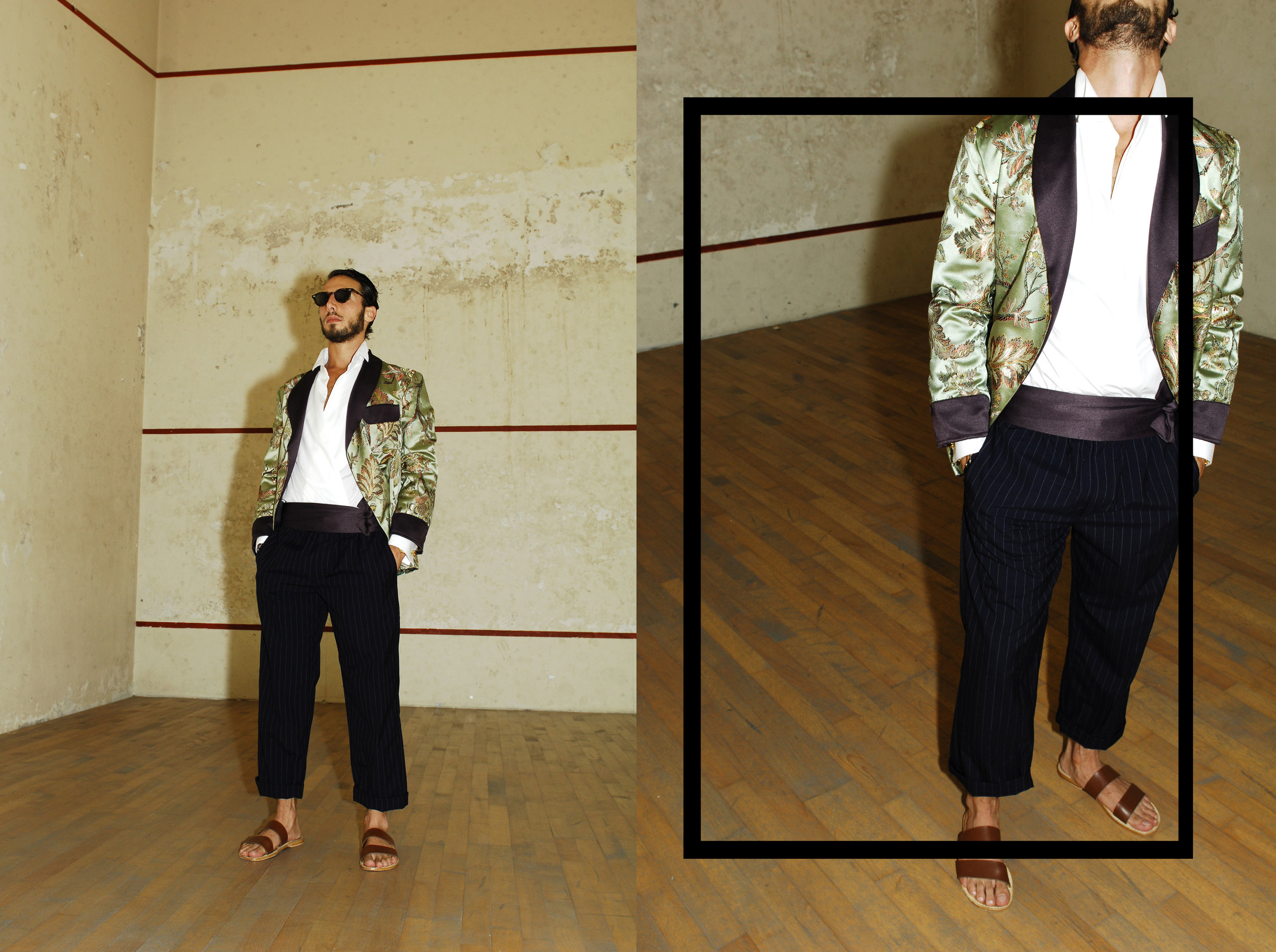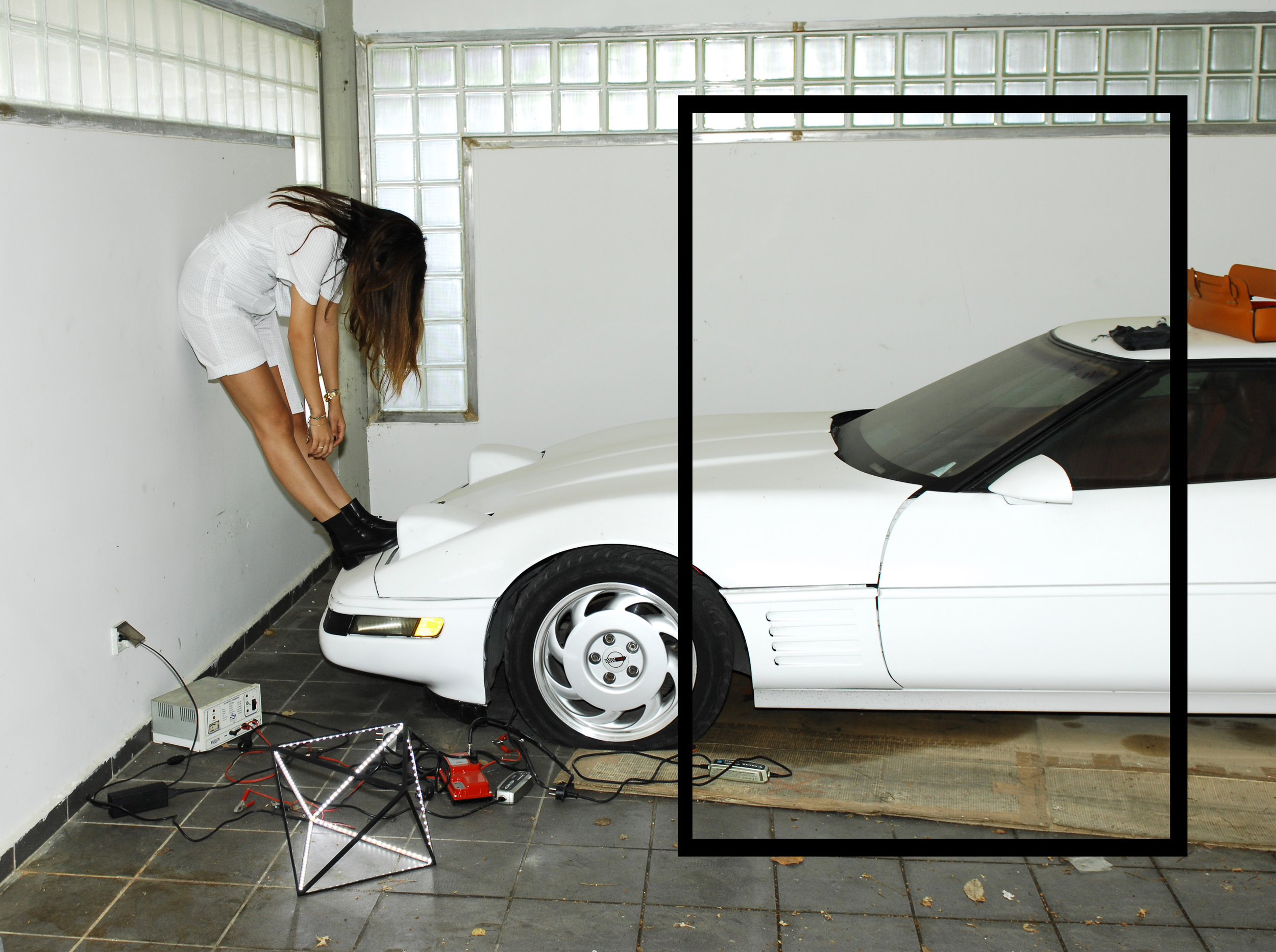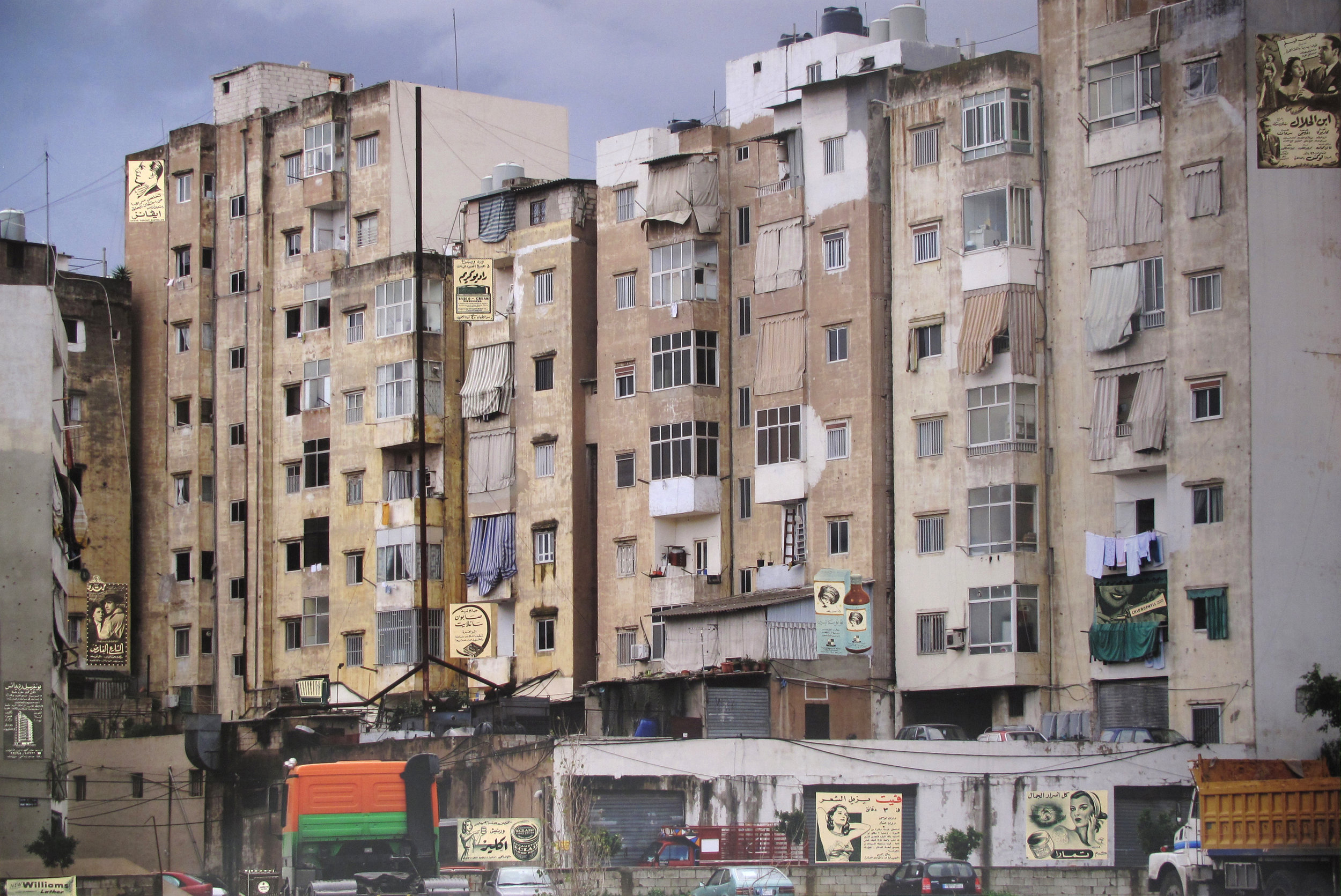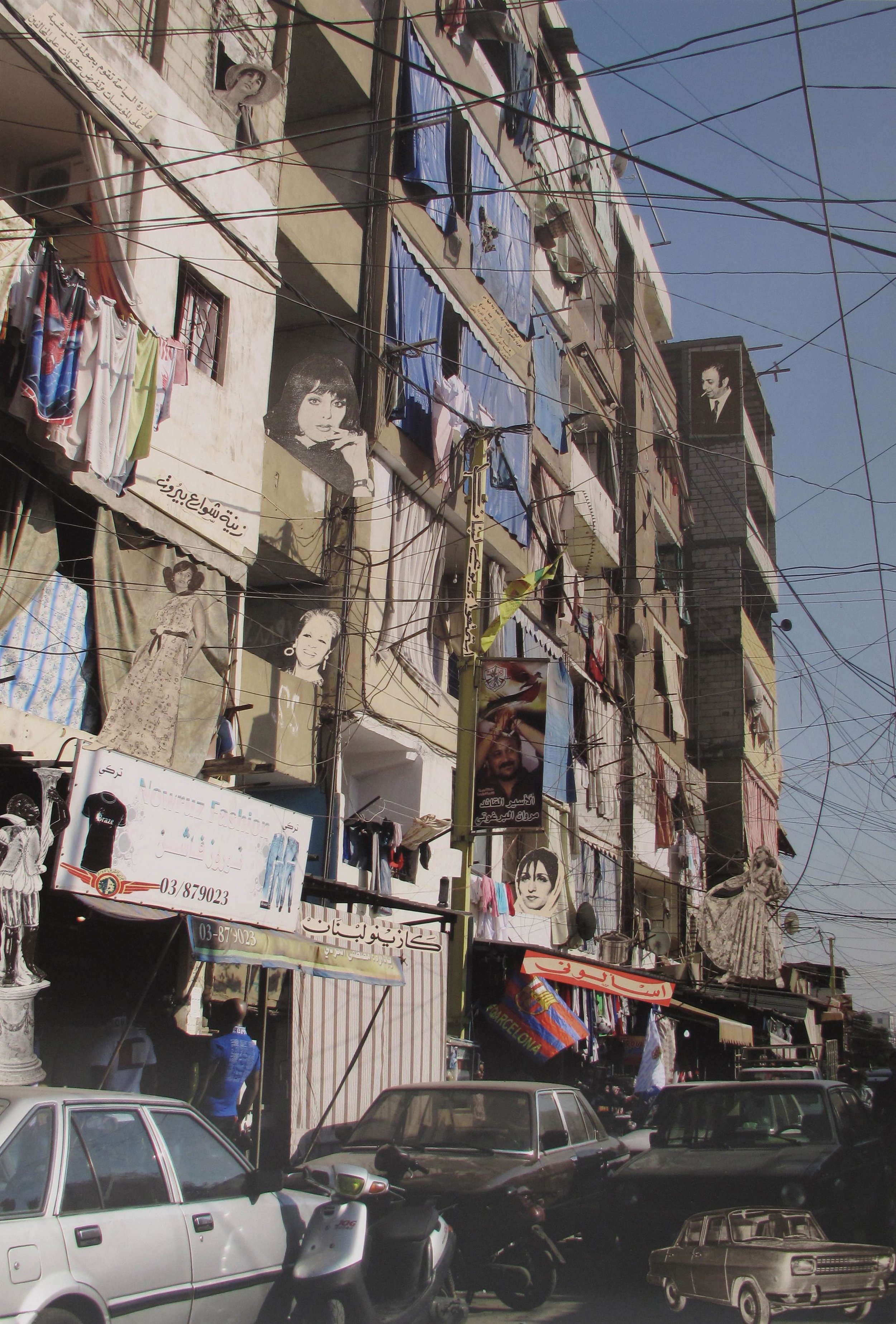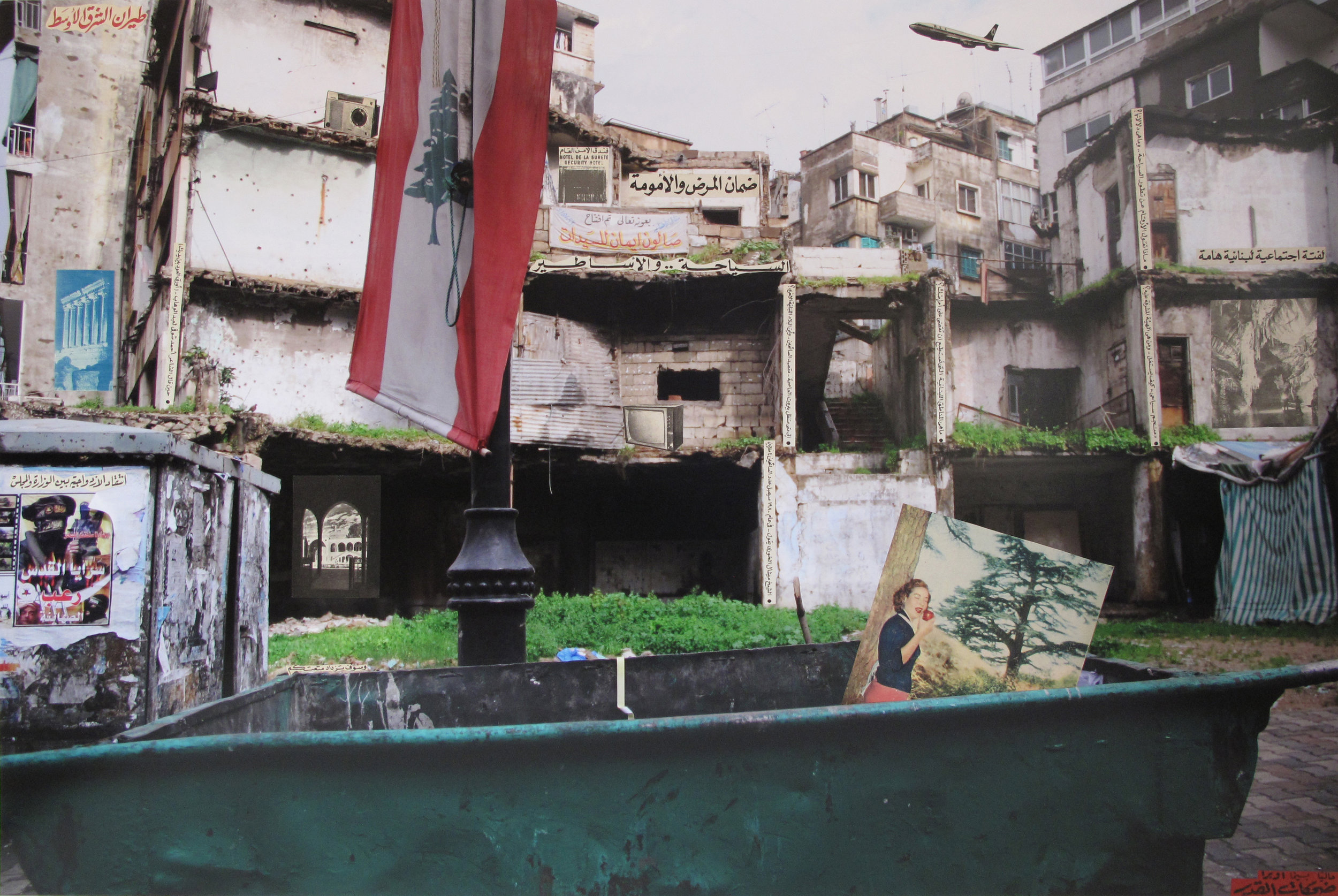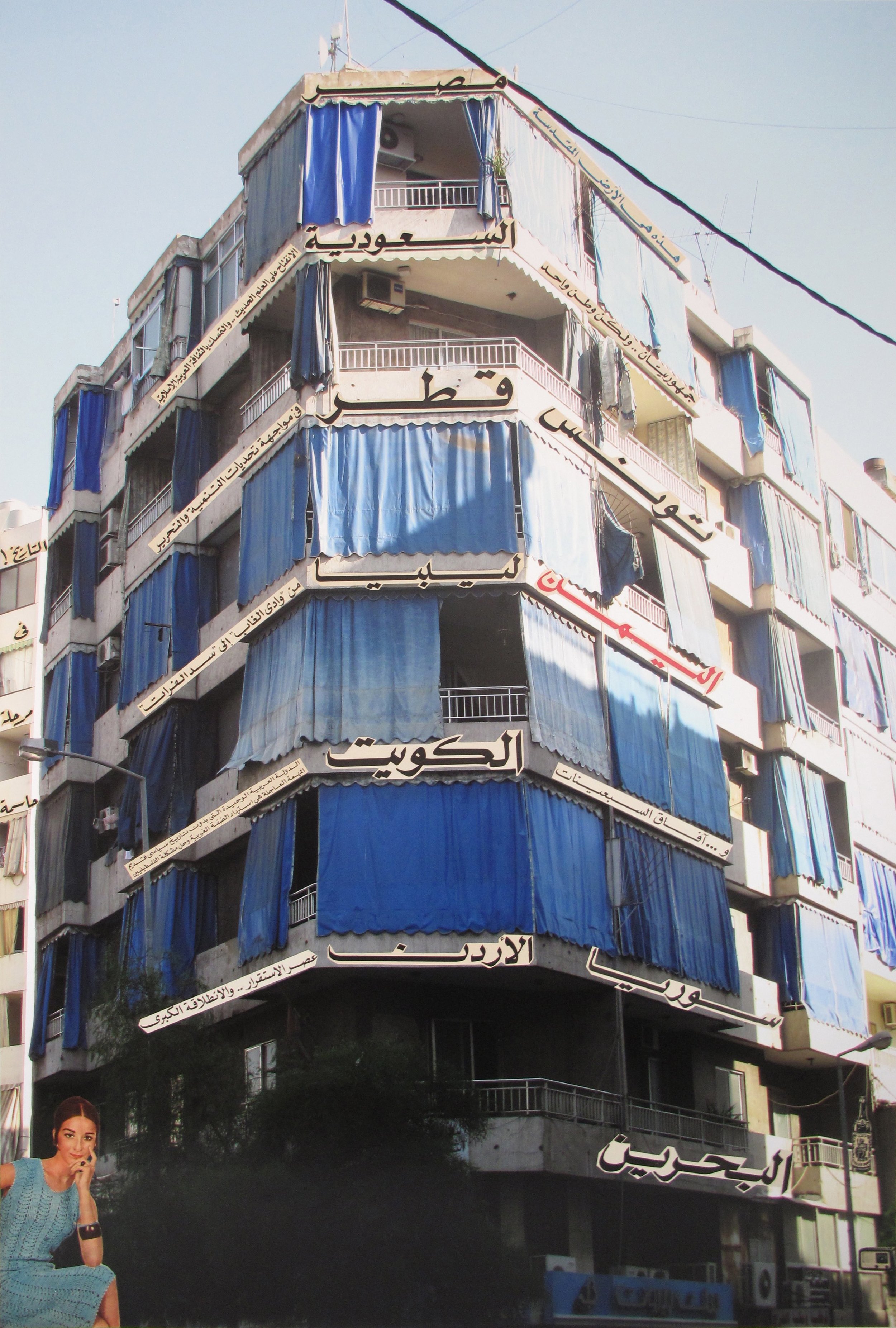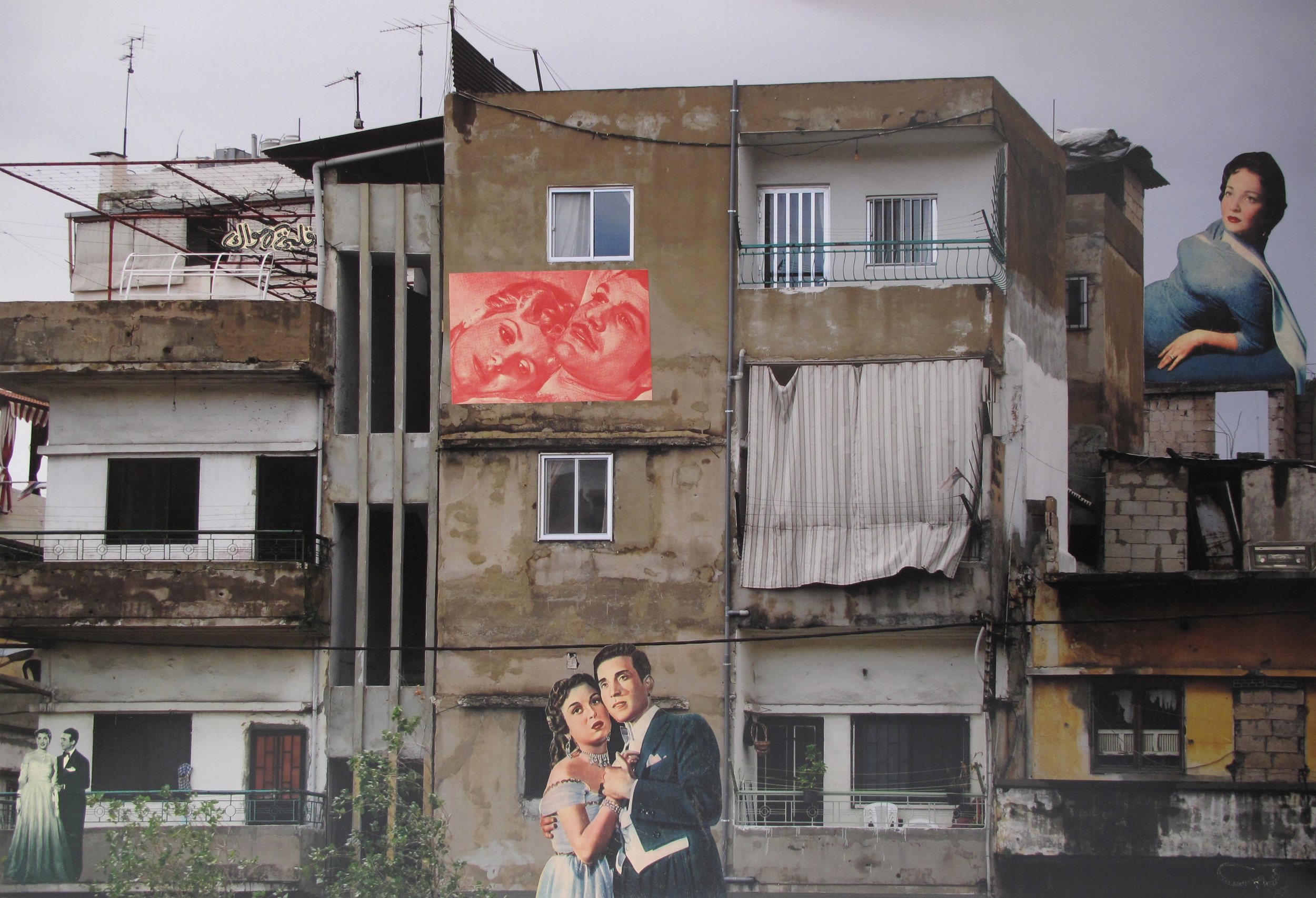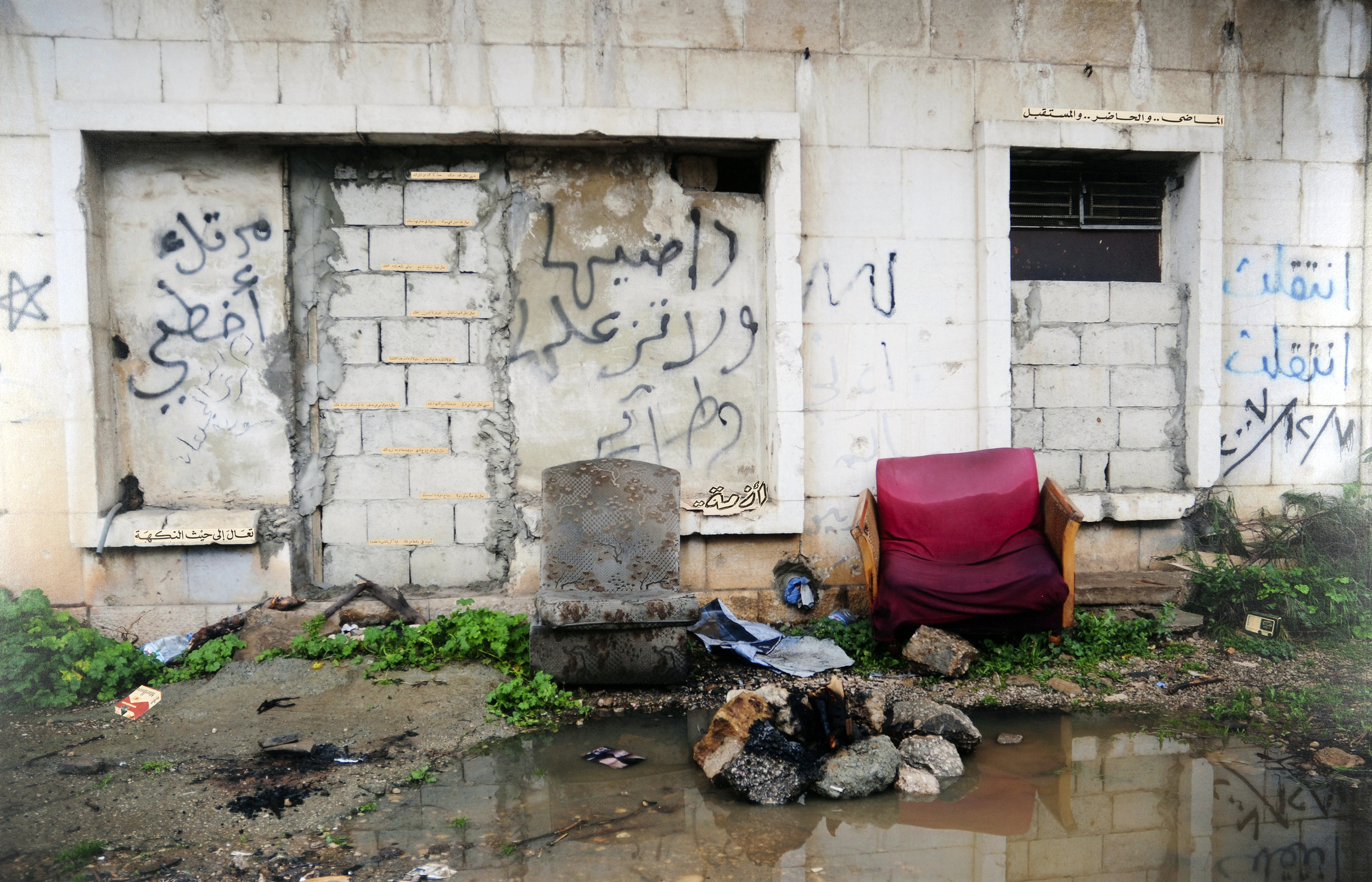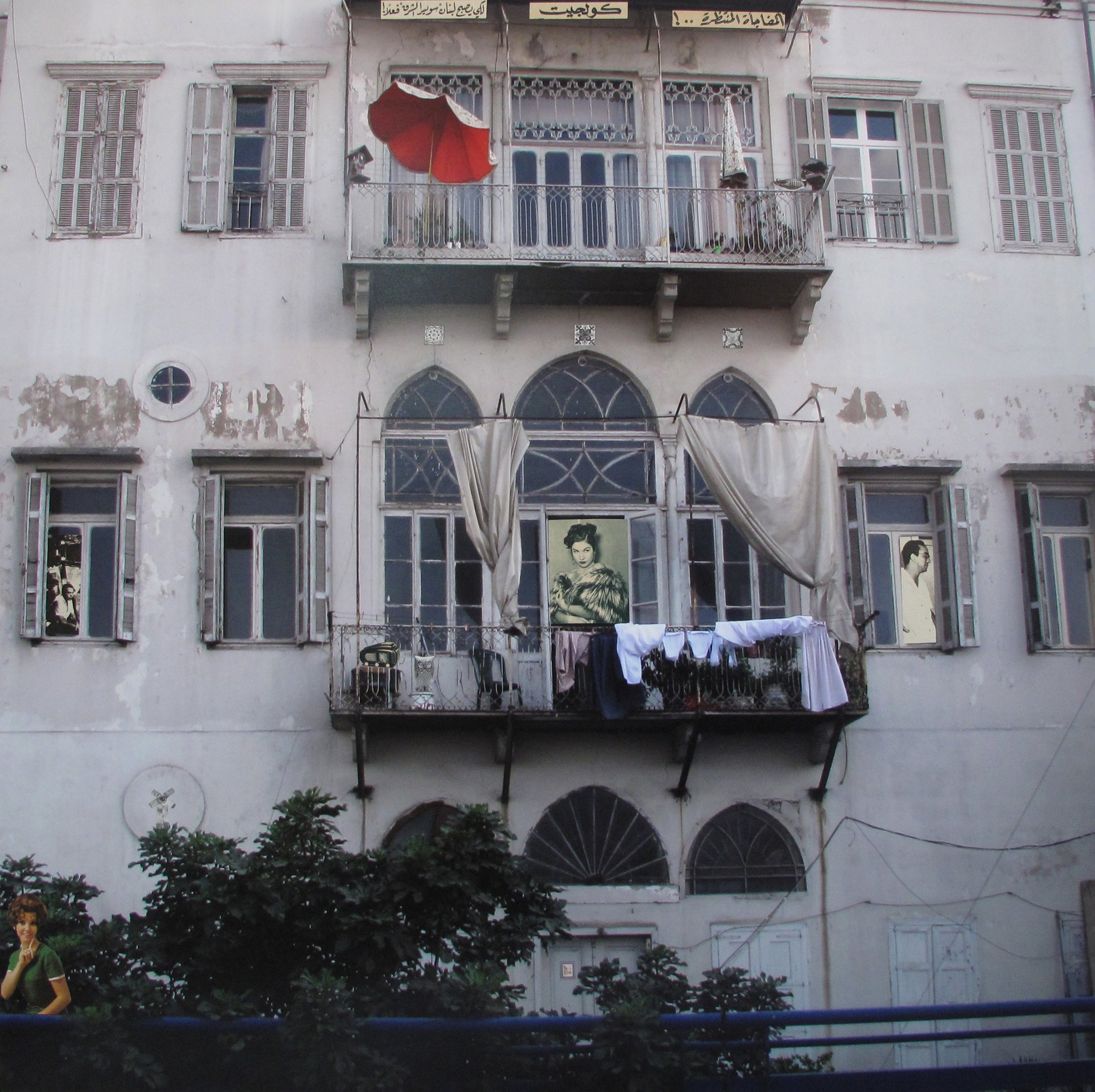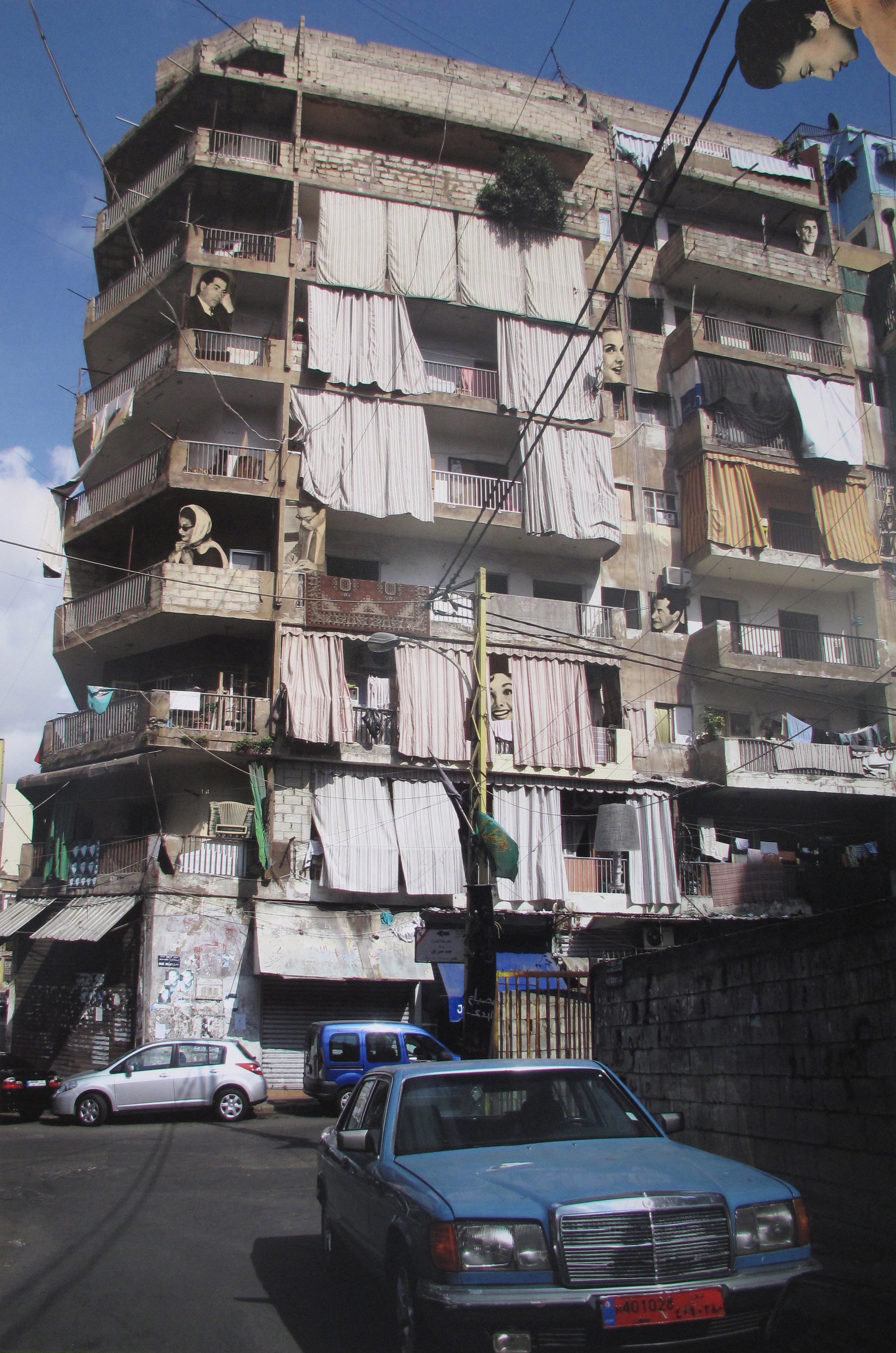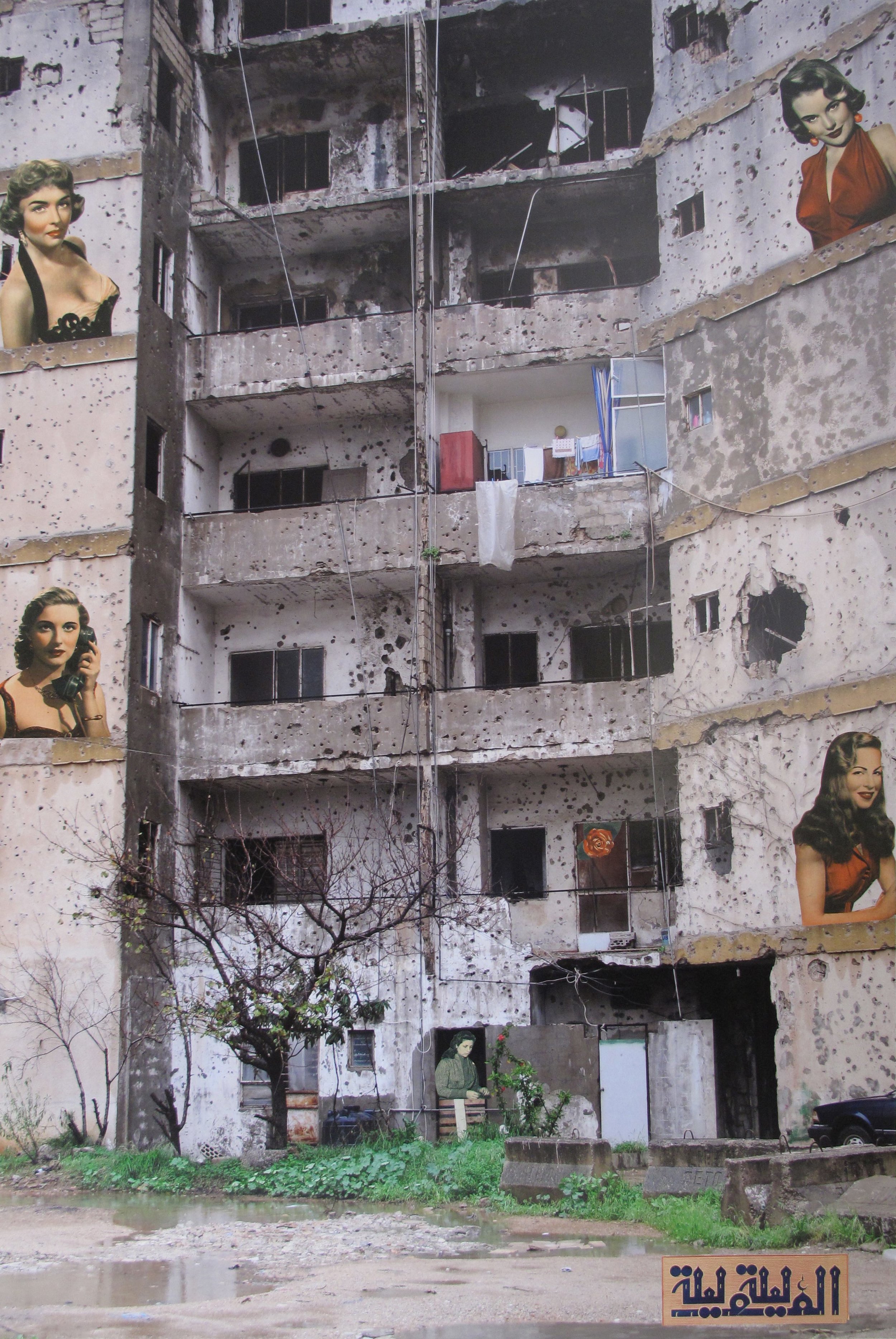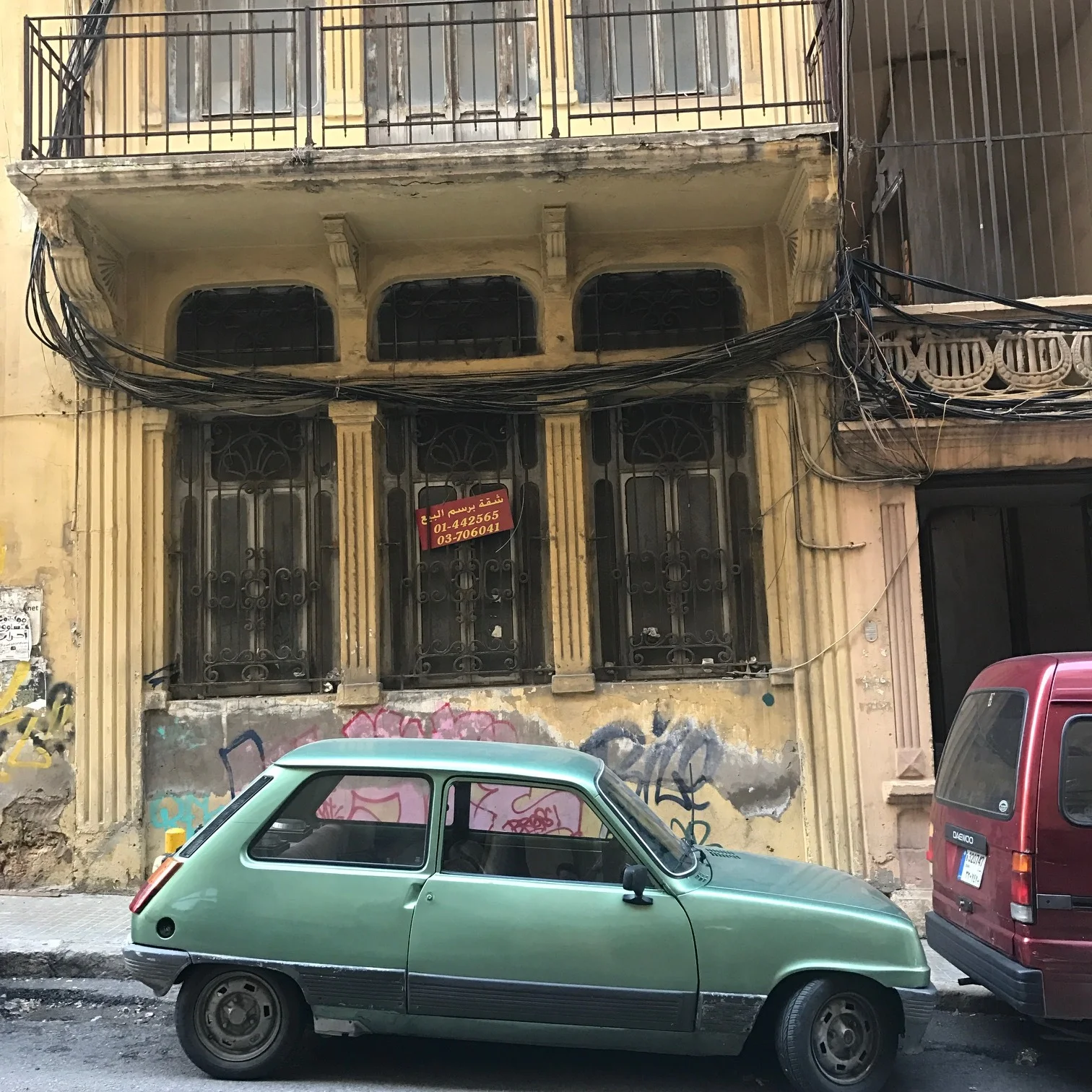KANN FOUNDERS WITH HOUSSAM KANAAN IN THE MIDDLE
From Paris to Beirut or his village Beit Chabeb, Houssam Kanaan is a real craftsman of time. Not only he travels through cities but he also takes us in a beautiful journey to discover sleek design from the fifties. Graduated in Marketing in France, Houssam has reinvented his family heritage by founding KANN, a design furniture brand. Rooted in Lebanon, KANN has now several points of sales in France.
THE CONFUSED ARAB: Amongst several other brands of design, we really feel the “identity dimension” in KANN, can you please tell us more about this specific identity?
HOUSSAM KANAAN: KANN is the meeting point between a brand created in Paris and a family wood workshop founded by my father in Lebanon in 1958. This is a family story where the central point is the full artisanal production in Beit Chabeb in Lebanon. I have a very important link with the workshop as one of the triggers of KANN was to support Lebanese traditional cabinetmakers’ know-how. Since 3 generations, we all have this fusional relation with wood: my grand-father was carpenter, my father an cabinetmaker and I am myself prolonging this heritage. Working with my father in Lebanon makes the identity, my own identity, being the key pillar of the project. KANN’s specificity can be found in this mix between editing modern, sleek furniture with international designers and producing in a traditional Lebanese workshop.
TCA: We can feel that the design of your furniture, has a bit of nostalgic touch. How would you describe your style?
HK: Indeed, there’s this vintage look with a twist. This 1950’s look is our signature as it refers to the period when my father created the workshop in 1958. At that time, he got a very important order of a full set to completely furnish a house. As an anecdote, my father succeeded in this mission with his very sophisticated and elegant items and ended up getting married with my mother who was the daughter of this important client!
Taking this style as a signature base, we play a lot with designs and materials. New kinds of woods and additions to the original lines keep being added. For example we are using lacquer on the finishing to give a modern final touch. Our craftsmen are themselves always asking for these innovations as it allows them to reinvent their jobs. In our latest collection, on some items as the RAWKE chair we use ‘canage’ (cane work) a material displaying my link with Lebanon.
RAWKE CHAIR BY KANN USING CANE WORK "CANAGE"
TCA: How Beirut, a city where you have lived or at least commuted for several years, does inspire you?
HK: Beirut inspires me by its energy. It’s an ongoing whirlwind where I always have to meet people. I visit every 3 months and it’s always a marathon. I am shared between my friends and the craftsmen. Meeting artisans is what I prefer and I do on a daily basis. These people do inspire me as they are strong characters, maintaining traditions. I can speak about one of the best “Tourneur de bois” “M3alem Kamel” who always pays attention to details and he is very cautious about his work. My Beirut is all these people, doing their best to maintain traditions. I also enjoy socializing with friends to the extent that I always say that in Beirut I am like a teenager!
TCA: What do you miss the most when you are out of Beirut?
HK: Naturally, I would say the food. We do have good food in Paris but I miss having Manoushe on morning! A lot of people who have lived in Beirut have a complex relation to the city, both painful and passionate. Looking at how Downtown, the traditional city center, has been turned into an open-air mall is an aberration. I am more attracted by areas which remain a bit more authentic as Mar Mikhail. Thanks to KANN, I don’t miss Lebanon, Beit Chabeb or Beirut the way I used to before. Visiting Lebanon every 2 months, I found a great balance that enables me to have a real relation with the country. At the beginning in Paris, it was difficult for me to find myself in the “classic migrant life” where you are back only for holidays.
TCA: If Beirut was an objet?
HK: It will be a very beautiful but uncomfortable chair. Every time I look at it I would be tempted to sit on it even though I know that it is not cosy. I was thinking of the NOSS Chair that we have at KANN. But no. Beirut is more beautiful. A chaotic beauty.
NOSS CHAIR BY KANN
For more information, you can check KANN INSTAGRAM and KANN website
